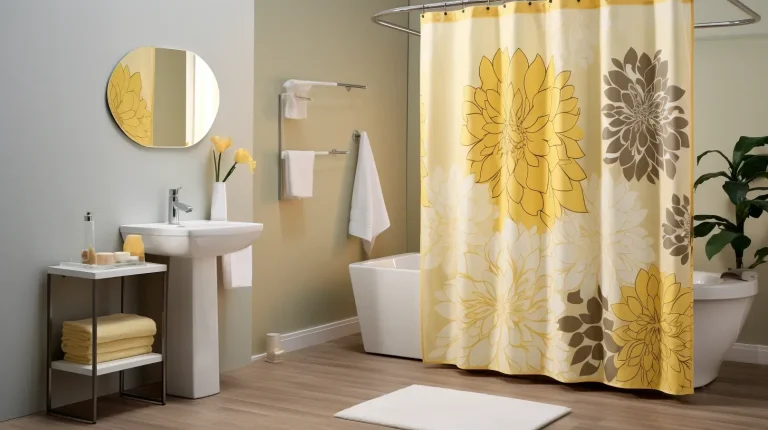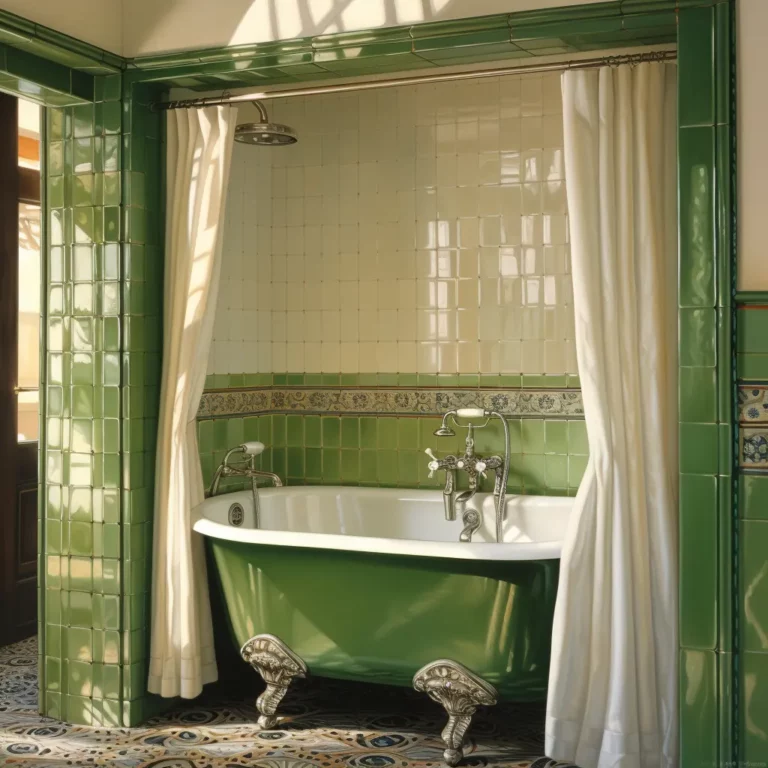Can You Use a Shower Curtain Without a Liner? 6 Astonishing Pros and Cons
As the gatekeeper of your bathroom’s aesthetic and function, the shower curtain stands ready, but you wonder if it can hold the fort without its usual ally, the liner. You’re considering a minimalist approach, possibly lessening the burden of extra laundry and saving a few dollars along the way.
Yet, there’s a nagging voice in your head asking if this is a wise move. Can you use a shower curtain without a liner? Can the liner, often overshadowed by its more decorative counterpart, play a more critical role than you’ve given it credit for? As you venture into this decision, you’ll want to weigh the pros and cons, understanding how the absence of a liner might affect your daily sanctuary.
In the upcoming discussion, we will present you with all the relevant information to help you decide whether your shower curtain can handle the job alone or if a liner is necessary to protect against water and humidity.
Table of Contents
Can You Use a Shower Curtain Without a Liner? Key Takeaways
- Shower curtain liners provide protection against water damage and mold. They can extend the life of the decorative curtain.
- Liners made of environmentally friendly materials like PEVA and participating in recycling programs help reduce waste and toxicity.
- Using a shower curtain without a liner simplifies setup and maintenance, saving money and providing a streamlined look.
- However, skipping the liner increases the risk of water damage to the bathroom floor and the development of mold and mildew on the curtain.
What are Shower Curtain Liners?
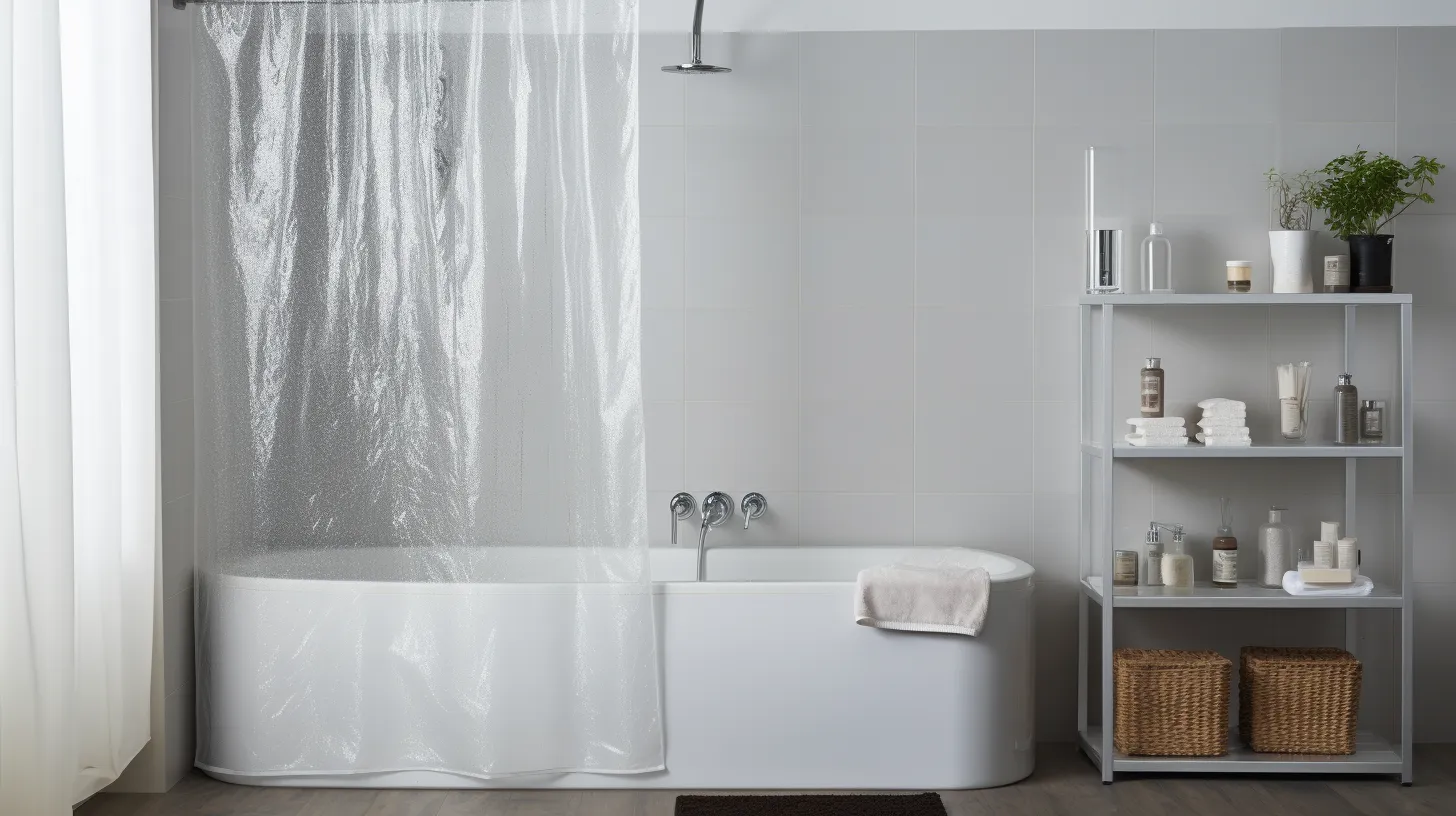
Shower curtain liners act as a shield. They protect your decorative curtains from water damage and ward off mold and mildew. You need a liner to keep your bathroom tidy and your curtain pristine. Regular maintenance and cleaning of the liner are crucial. They help prevent grime and soap scum buildup.
When you’re choosing a liner, consider one made of PEVA over a plastic liner for environmental reasons. Some brands offer recycling programs, which help reduce waste and toxicity. Look for extra features like magnets or specific sizes that match your shower curtain rod.
In the long run, using a liner is cost-effective. Because it saves you money by reducing the need to frequently replace your decorative curtain.
Do You Really Need a Liner?

While you mightn’t absolutely need a liner, it’s often a wise choice for extra protection against water damage and mold. A shower curtain can technically be used without a liner. But adding a shower liner helps keep water contained and off your bathroom floor.
So, do you really need a liner? Although not strictly necessary, a liner can extend the life of your shower curtain by acting as a moisture barrier. If you consider going without a liner, ensure your shower curtain is made of a water-resistant material.
Ultimately, adding a shower liner is not necessary. But it can provide additional protection against water damage.
Pros of Using a Shower Curtain Without a Liner
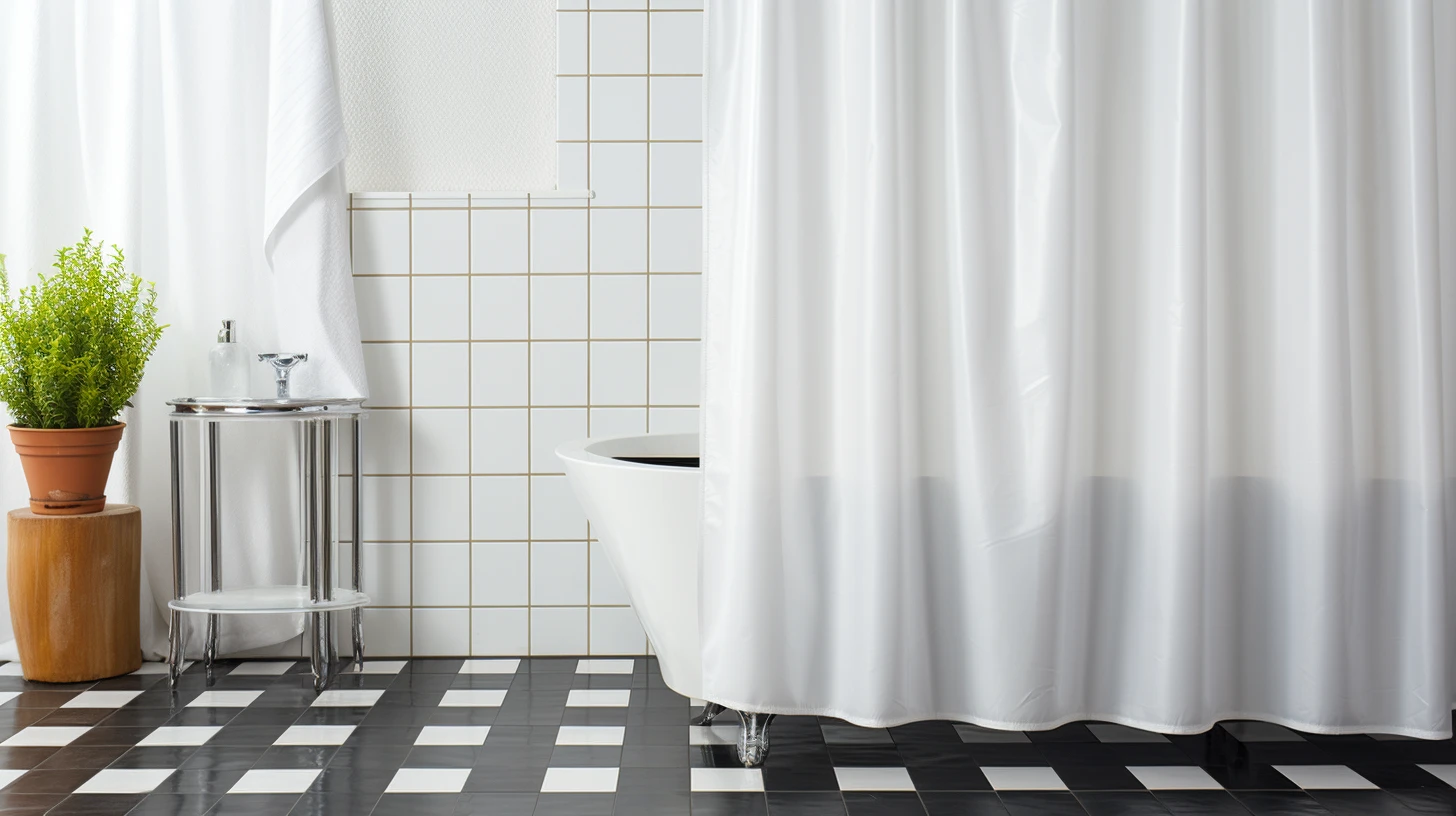
You’ll find that ditching the liner simplifies your shower setup, making it quicker to install and less of a hassle to maintain.
By skipping the liner, you’re not only saving money but also embracing a cleaner, more streamlined look in your bathroom.
Moreover, this choice reflects an eco-friendly mindset. It reduces the use of plastics and promotes sustainability in your daily routine.
Ease of Installation and Maintenance
Opting for a shower curtain without a liner not only simplifies installation but also eases maintenance. You’re handling just one piece instead of two. Many fabric shower curtains are machine washable, making them easy to clean. Just toss them in the washing machine to remove any mildew spots or soap scum.
| Installation | Maintenance | Aesthetic Appeal |
| Quick setup | Less hassle | Streamlined look |
| No extra parts | Easy to clean | Cohesive design |
| Single item | Machine washable | No liner bunching |
This straightforward approach can save you time and effort, ensuring your bathroom remains pristine with minimal fuss. A good-quality fabric curtain can be both functional and stylish, fitting seamlessly into your bathroom décor.
Cost Savings Without Buying a Liner
Without a liner, you’ll immediately see cost savings from not purchasing an extra item. You don’t need a liner when your shower curtain is made of materials like vinyl or PEVA. They are inherently water-resistant. This not only reduces the initial expense but also cuts down on the need to replace a worn or moldy liner over time.
Aesthetics and Minimalistic Design Considerations
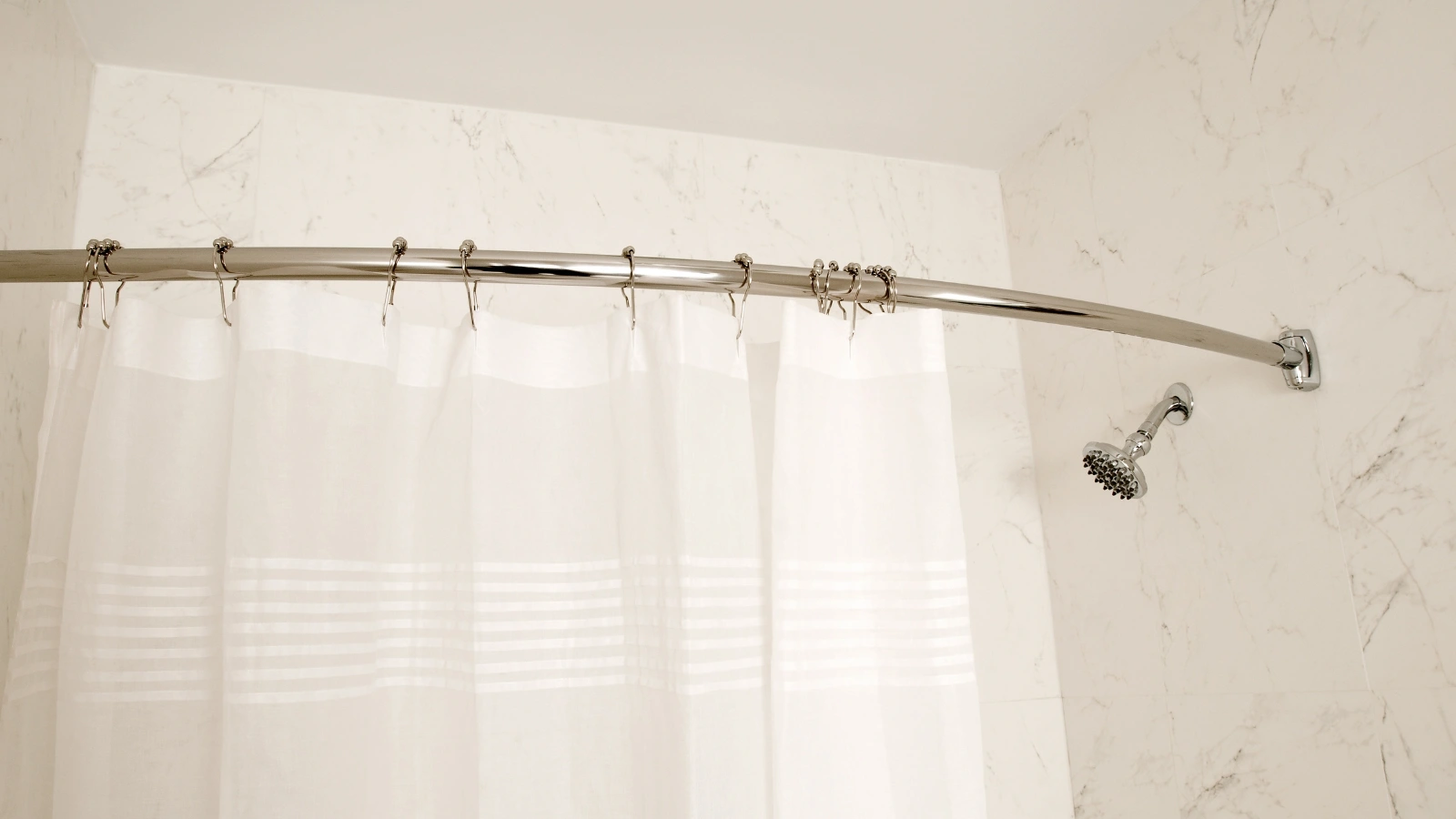
Embracing a shower curtain without a liner not only enhances the bathroom’s aesthetic with a minimalist charm but also streamlines your space for a cleaner, more open feel. Selecting a decorative shower curtain can become a focal point of your bathroom decor without the added bulk of a liner behind it. Here are some key benefits:
- Simplified Elegance: A single-layer curtain honors the purpose of a shower curtain while maintaining a tidy look.
- Design Harmony: Without a liner, the design of your bathroom remains uninterrupted. This allows for cohesive, minimalistic design considerations.
- Space Enhancement: Less material hanging in the shower can make the area appear larger.
- Maintenance Ease: Cleaning is more straightforward when you’re dealing with just one decorative element.
Cons of Using a Shower Curtain Without a Liner

You might find that skipping the liner leads to more water on your bathroom floor. This may risk long-term damage.
Without that extra layer, your shower curtain could become a breeding ground for mold and mildew.
Also, you’ll likely need to replace your shower curtain more often. Because it won’t last as long without a liner’s protection.
Increased Risk of Water Damage to the Bathroom Floor
Opting for a shower curtain without a liner increases the risk of water seeping onto your bathroom floor. This will potentially cause damage and create safety hazards. While you might prefer the look or simplicity of a fabric curtain alone, here’s what you’re up against:
- Ineffective Water Containment: A solitary shower curtain may not prevent water from escaping the shower area.
- Slippery Surfaces: Water on the floor creates a slip hazard, putting you and others at risk of falls.
- Mold and Mildew: Constant moisture can lead to mold growth, which is both unsightly and unhealthy.
- Structural Damage: Over time, your bathroom floor can suffer water damage, leading to costly repairs.
Potential for Mold and Mildew Development on the Curtain
When you use a shower curtain without a liner, it’s more likely to absorb water. This will create an ideal environment for mold and mildew to thrive. This isn’t just unsightly; it’s a health concern, as mold or mildew can cause respiratory issues and other problems.
A fabric liner acts as a barrier, keeping your curtain from getting soaked and starting the cycle of grime accumulation. Without a liner to prevent this, you’re in for more cleaning and possibly having to replace your curtain frequently due to mold damage.
Possible Reduced Lifespan of the Shower Curtain
Beyond the health concerns of mold and mildew, forgoing a liner can also shorten your shower curtain’s lifespan due to increased exposure to moisture and soap residue. Here’s how a shower curtain without a liner may suffer:
- Your curtain may get wet more often, absorbing more water, which can weaken the fabric or material over time.
- Without a liner, soap scum and grime build up more easily. This means you’ll need to clean the curtain more frequently.
- Regular cleaning cycles can stress the material, causing it to deteriorate faster.
- A liner helps to protect your shower curtain from the constant barrage of water, so without it, you’re likely to see a quicker decline in its condition.
In short, pairing your shower curtain and liner is key to ensuring a longer-lasting curtain.
Factors to Consider When Skipping the Liner

When you decide to hang your shower curtain without a liner, the material becomes crucial.
It’s vital to ensure your bathroom’s ventilation is up to par to prevent moisture buildup on your curtain.
Also, consider how often you’ll need to clean your shower curtain, as it’ll be more exposed to soap and water residue.
Material of the Shower Curtain
To ensure your shower curtain stands up to daily use without a liner, select a material known for its water-resistant and mildew-resistant properties. Here’s what you should consider:
- Fabric Shower Curtain: A high-quality fabric shower curtain often comes with a water-repellent finish but may require more maintenance.
- Cloth Shower Curtain: Cloth options can be stylish and eco-friendly, but ensure they’re treated to resist water and mildew.
- Polyester Shower Curtain: These are durable, typically machine washable, and resist water penetration effectively.
- Cotton Shower Curtain: While cotton options offer a classic look, they’re less water-resistant than polyester and may not be the best choice without a liner.
Choose wisely to keep water in the shower and maintain a clean, inviting bathroom.
Bathroom Ventilation and Humidity Levels
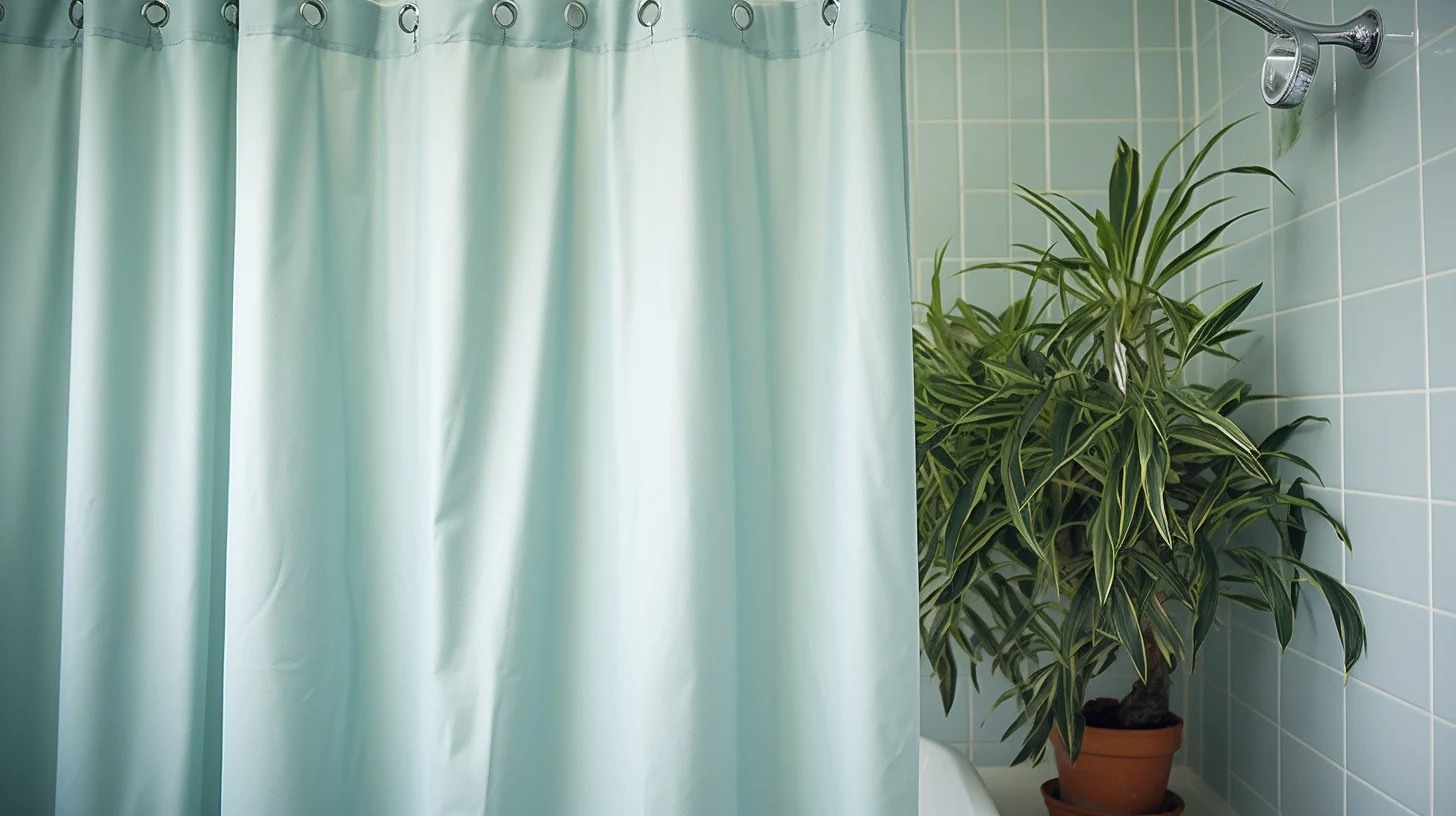
While selecting a water-resistant shower curtain is a solid first step, ensuring proper bathroom ventilation is vital to combat humidity and prevent mold. This is especially important if you’re not using a liner. When you opt for a shower curtain without a liner, water splashes directly onto the fabric, increasing moisture in the air. Good ventilation helps keep those bathroom humidity levels in check. Consider installing a fan or opening a window to circulate air and whisk away dampness. If those options aren’t enough, a dehumidifier can be a game-changer.
Also, be proactive—wipe down wet surfaces to ward off mold. And remember, fabric curtains that dry quickly are your allies in maintaining a fresh and less humid bathroom environment.
Frequency of Use and Ease of Cleaning the Shower Curtain
Considering how often your shower is in use and how easy the curtain is to clean can significantly impact your decision to forego a liner. Here are a few factors to keep in mind:
- Daily Use: If you’re using your shower daily, a shower curtain without a liner might need more frequent cleaning to prevent mold and mildew.
- Washable Material: Ensure the curtain is machine washable for hassle-free maintenance.
- Cleaning Routine: Without a liner, you might have to wash the curtain every few weeks instead of just wiping down a liner.
- Mild Cleaning Agents: Use gentle cleaners like baking soda and warm water to keep the curtain fresh without damaging it.
Types of Shower Curtains That Can Function Without a Liner
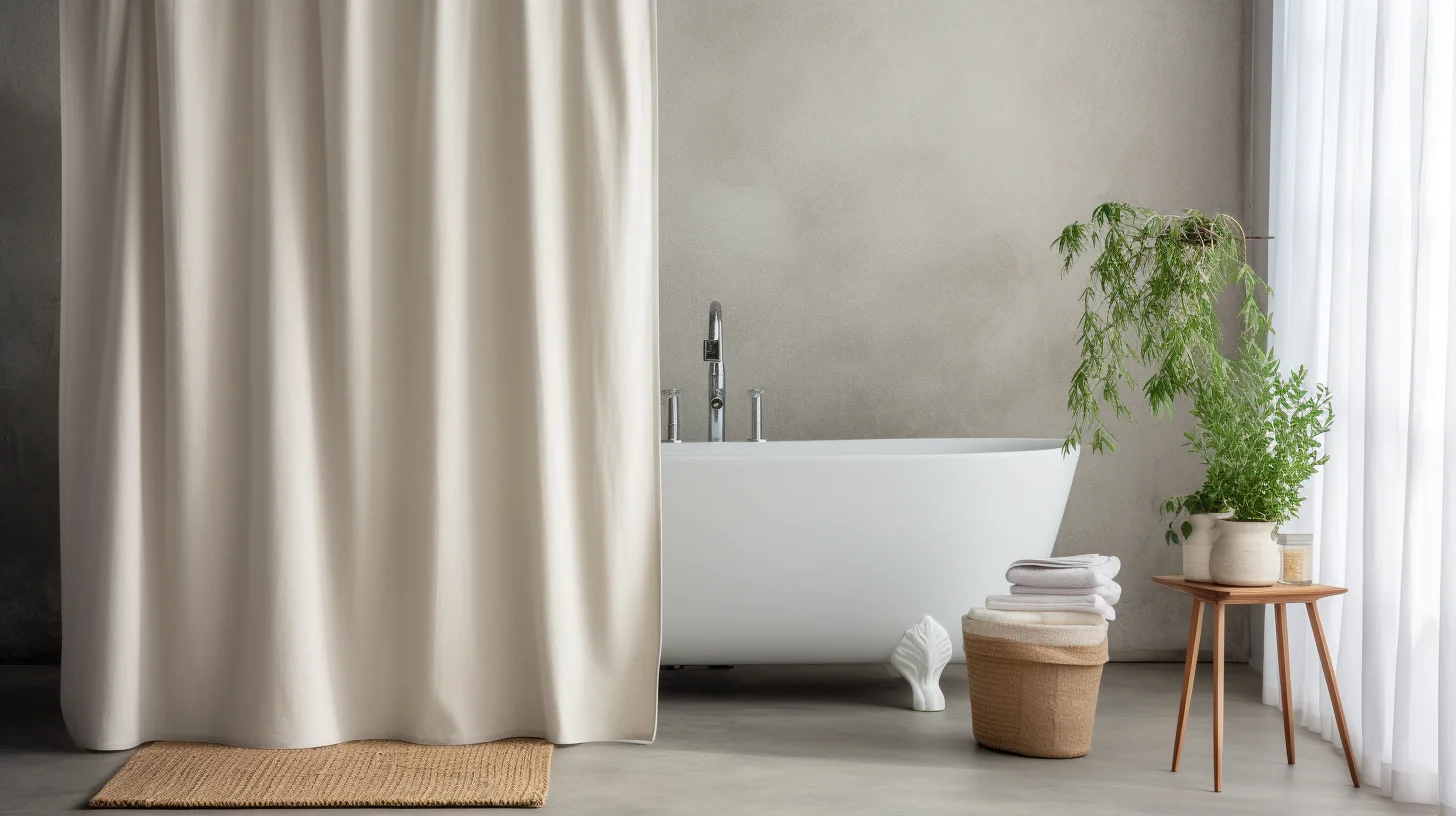
Certain cloth shower curtains, including those made of linen, cotton canvas, and hemp, are crafted to operate effectively without needing an additional liner. They’re not just practical; they elevate your bathroom’s aesthetics too. Take the fabric shower curtain, for instance. It’s not only functional, but it also adds a touch of elegance.
| Material | Characteristics |
| Linen | Naturally mildew-resistant, sturdy |
| Cotton Canvas | Heavy-duty, absorbs water well |
| Hemp | Antimicrobial, durable |
| Polyester | Quick-drying, less prone to wrinkles |
| Waffle Weave | Textured for a luxurious feel |
Whether you choose a polyester shower curtain for its convenience or a cotton shower curtain for its environmental friendliness, you’ve got options that look great while standing up to daily use.
Tips for Maintaining a Shower Curtain Without a Liner
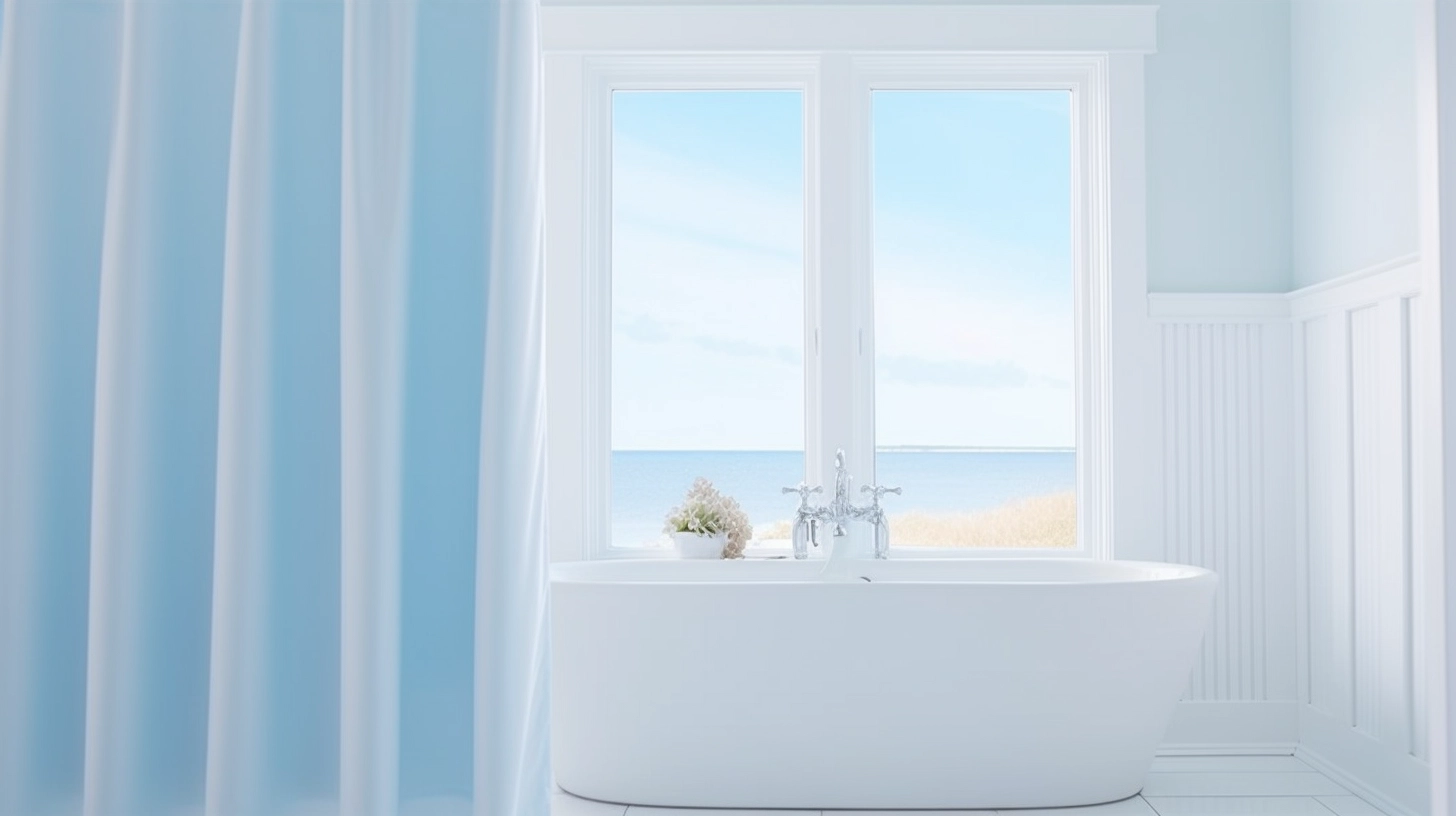
Having explored which shower curtains can function alone, let’s focus on how to keep them pristine and durable without the aid of a liner. The care of your curtain is paramount to its longevity. Here are some essential tips:
- Ventilation is Key: Always ensure your bathroom is well-ventilated. This allows the curtain to dry thoroughly, preventing mold and mildew.
- Regular Cleaning: Experts recommend washing your shower curtain regularly to fend off soap scum and buildup.
- Water-Resistant Materials: Opt for materials like vinyl or PEVA, as shower curtains are usually more effective at repelling water when made from these.
- Prompt Drying: After each shower, extend the curtain fully to dry. This simple habit can significantly reduce the chances of moisture-related issues.
Conclusion
You’ve weighed the facts, and it’s clear: you can hang your shower curtain alone, especially if it’s water-repellent. Ditching the liner means less fuss, but don’t forget the upkeep to prevent mold and mildew.
Opt for a curtain that stands strong against moisture. Keep it clean to enjoy that sleek look without unwanted guests.
Ultimately, it’s your call. Embrace the simplicity or stick with the classic duo for peace of mind.
Happy showering!
FAQs
Q: What are some popular types of shower curtains that don’t require a liner?
A: Waffle weave, polyester, and organic cotton shower curtains are popular choices that can be used without a liner.
Q: Do I need a plastic liner for a fabric shower curtain?
A: While it’s not necessary, using a plastic liner can provide extra water protection, especially if the fabric shower curtain is not water-resistant.
Q: Do all shower curtains need a liner to protect against water?
A: Not all shower curtains require a liner for water protection. Vinyl or plastic shower curtains can often be used without a liner.
Q: Can I use a cotton shower curtain without a liner?
A: Cotton shower curtains are not inherently water-resistant and may require a liner for added protection against water. It’s recommended to check the curtain’s specific water-resistance.



